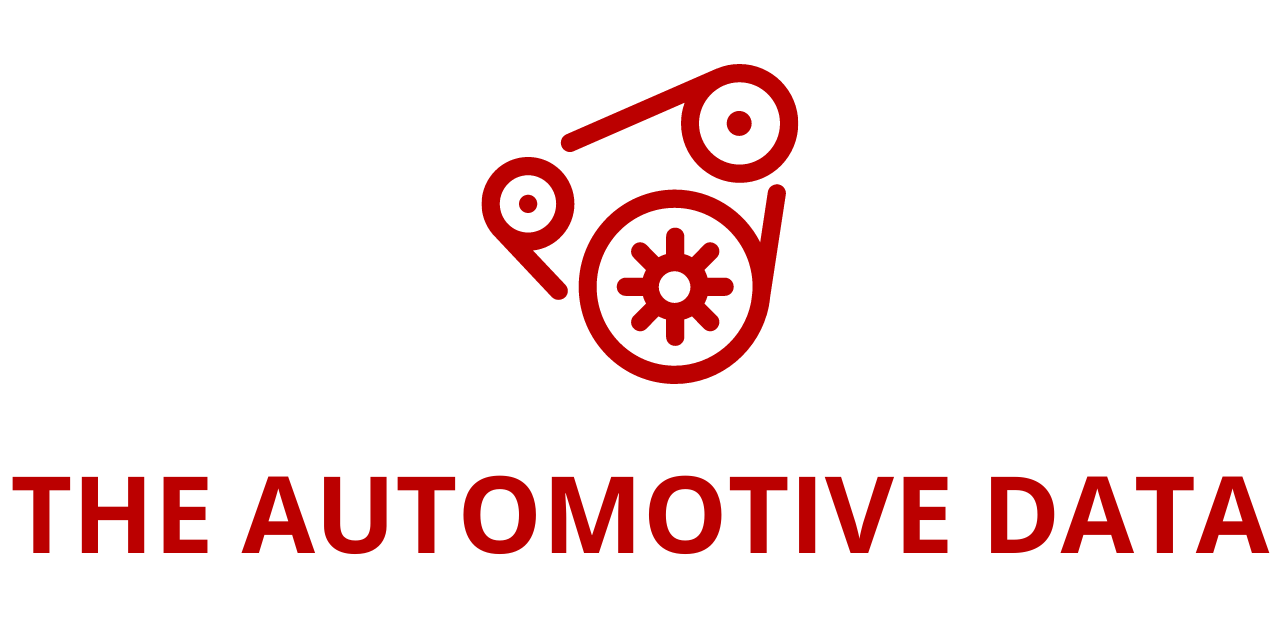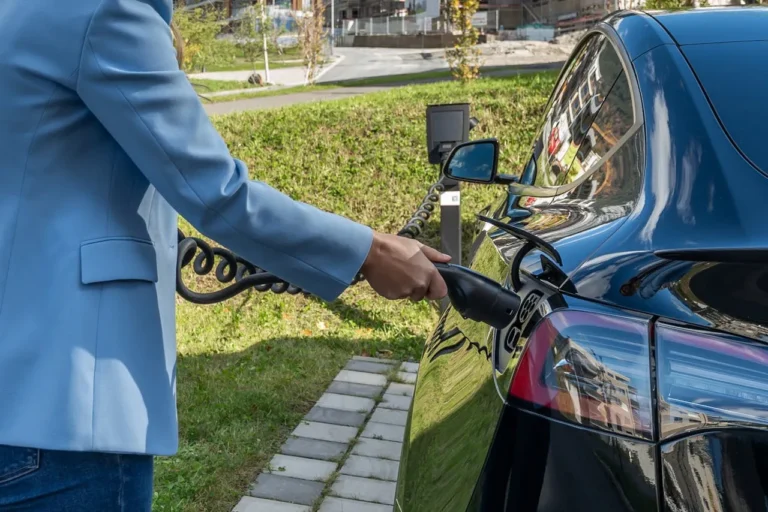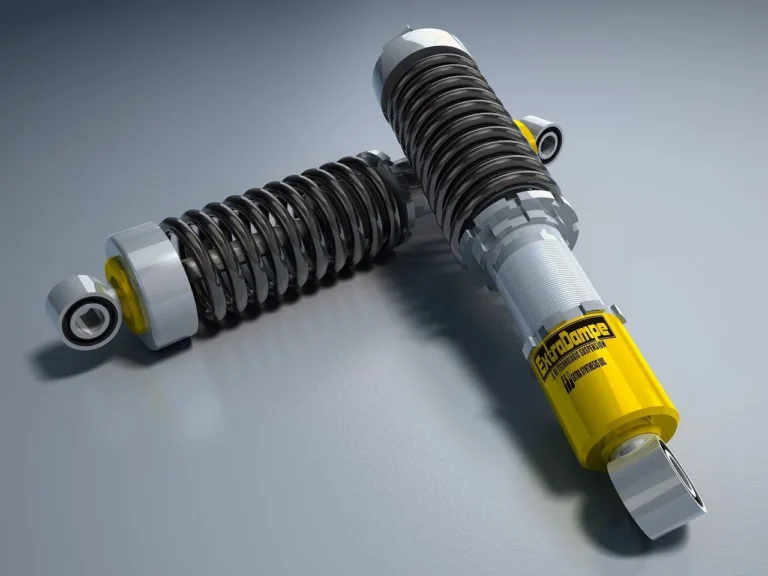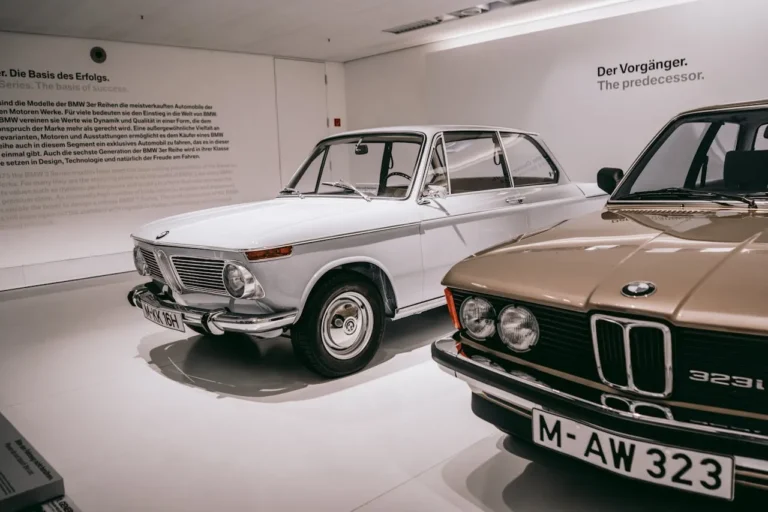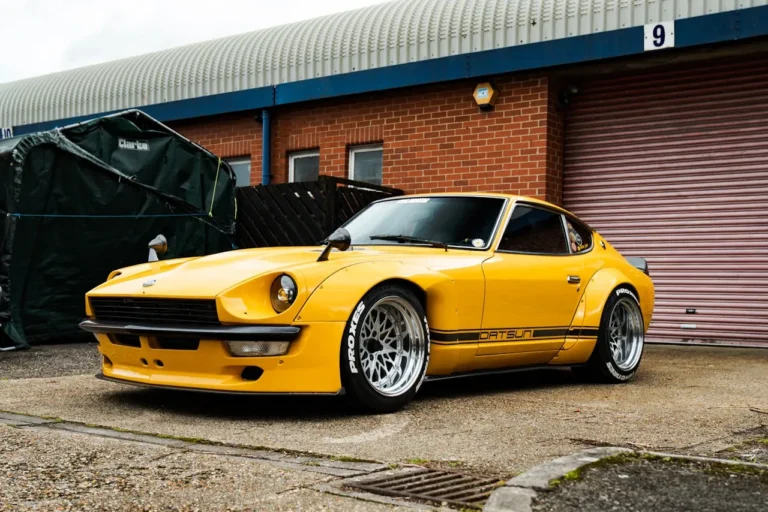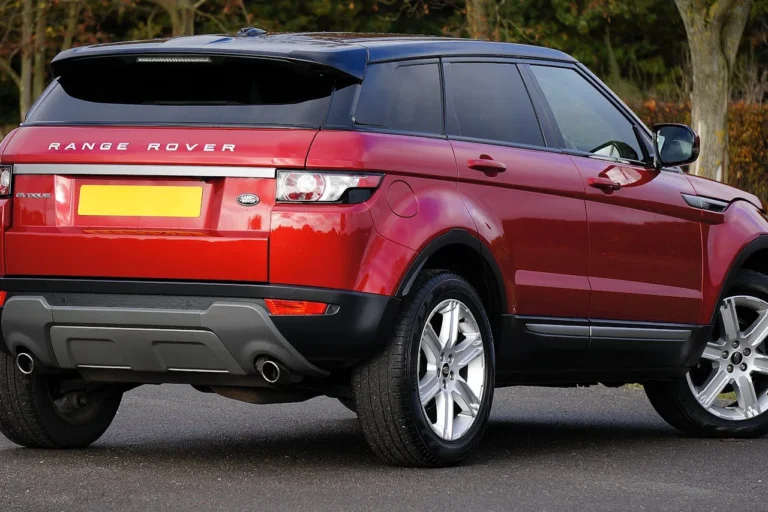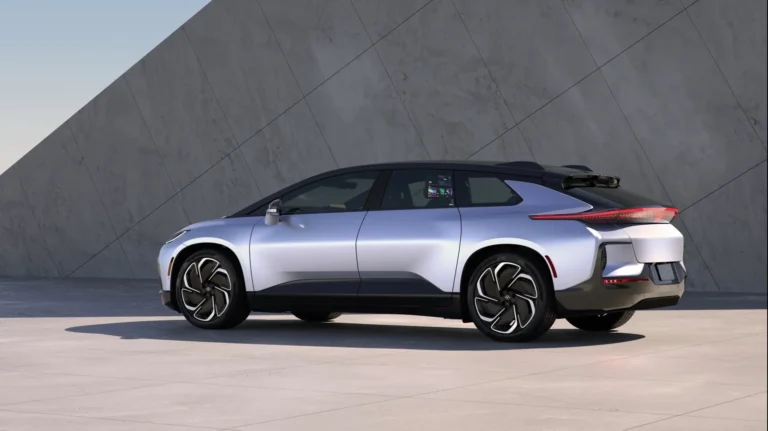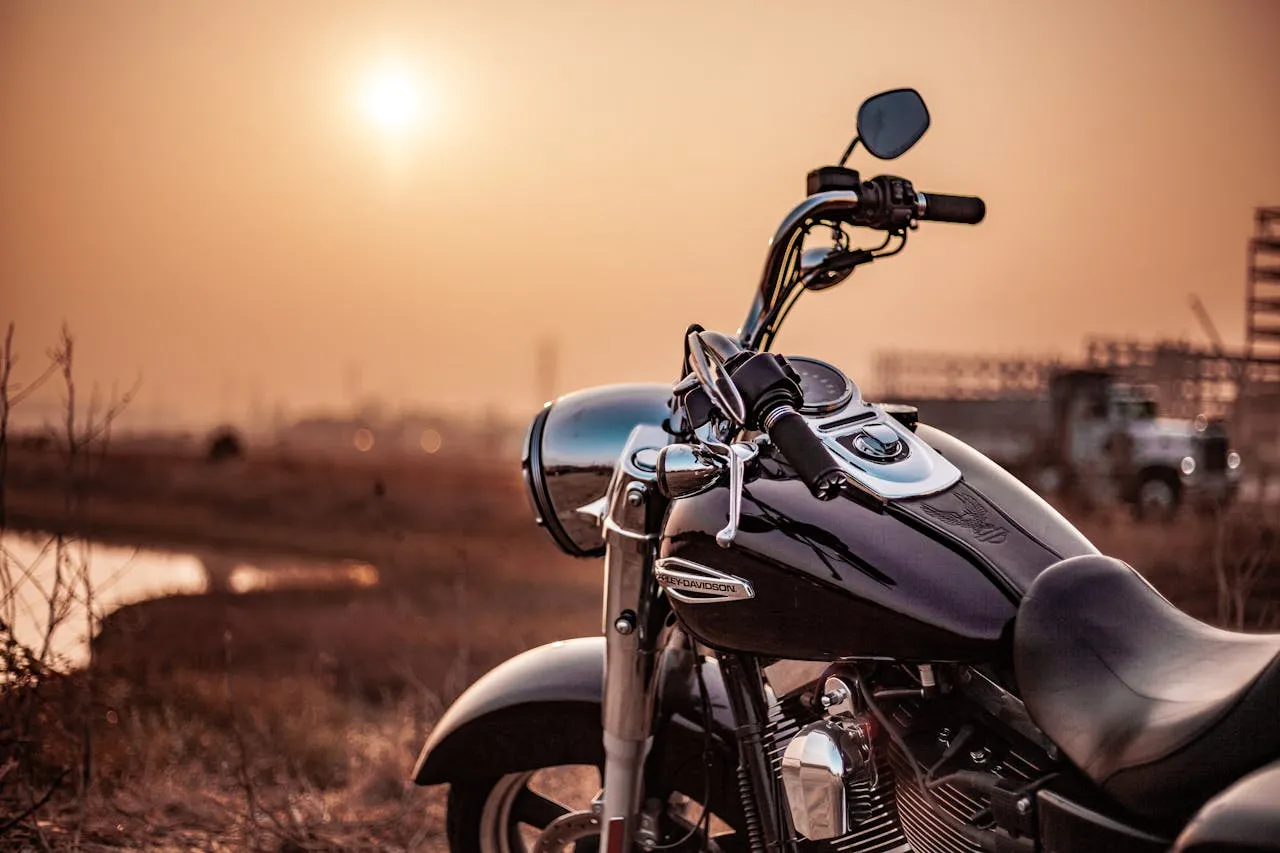
Indian Motorcycle Dealers Earn Top Ranking for Online Customer Responsiveness in 2025, Leading the Powersports Industry for Third Consecutive Year
Polaris Inc.’s Indian Motorcycle dealers have once again claimed the top spot in the annual Pied Piper PSI® Internet Lead Effectiveness® (ILE®) Powersports Industry Study for 2025. This marks the third consecutive year Indian has led the pack in online responsiveness to customer inquiries submitted through dealership websites.
Trailing Indian in this year’s rankings were Harley-Davidson, BMW, and BRP’s Can-Am off-road dealerships, rounding out the top-performing brands in terms of web-based customer engagement.
Measuring Dealerships in a Digital Age
To conduct the study, Motorcycle Pied Piper submitted over 2,500 internet inquiries to powersports dealerships across the United States, representing 27 major brands. Each inquiry was carefully crafted to mimic a real potential customer — complete with a unique name, email address, and local phone number — and included a specific question about a vehicle in the dealership’s online inventory.
Over the next 24 hours, Pied Piper evaluated the dealerships’ responses across multiple communication channels, including email, text message, telephone, and chat. The goal: assess how well dealers responded in terms of both speed and quality. The results were consolidated into an overall ILE score for each brand, derived from more than 20 weighted performance metrics tied to best practices shown to drive actual sales.
Indian Motorcycle: A Standard-Setter for Online Engagement
Indian Motorcycle achieved an average ILE score of 56 in 2025, representing a one-point improvement over its 2024 performance and setting the highest benchmark in the industry for the third year in a row. Indian’s success is the result of consistent improvements across several key categories.
1. More Complete Email and Text Responses:
Indian Motorcycle dealers answered the customer’s specific question via email or text 67% of the time — a six-point increase from last year and 17 points above the 2025 industry average.
2. Stronger Phone Engagement:
Indian Motorcycle dealerships also led in telephone response rates, with phone calls made in response to customer inquiries 58% of the time, surpassing the industry average by eight points.
3. Multi-Channel Communication Strategy:
Perhaps Motorcycle most notably, Indian dealers “did both” — meaning they responded via email/text and made a follow-up call — 46% of the time. That figure is up eight points from the previous year and a full 20 points higher than the overall industry average.
Cameron O’Hagan, Vice President of Metrics and Analytics at Pied Piper, praised Indian’s consistent performance:
“The Indian motorcycle brand has maintained industry-leading web-response behaviors during a challenging time in the powersports industry. When market conditions were strong, dealers had the luxury of expanding staff and fine-tuning operations. But in today’s tighter economic environment, many are focused on survival. Indian’s performance shows what’s possible with the right mindset and commitment.”
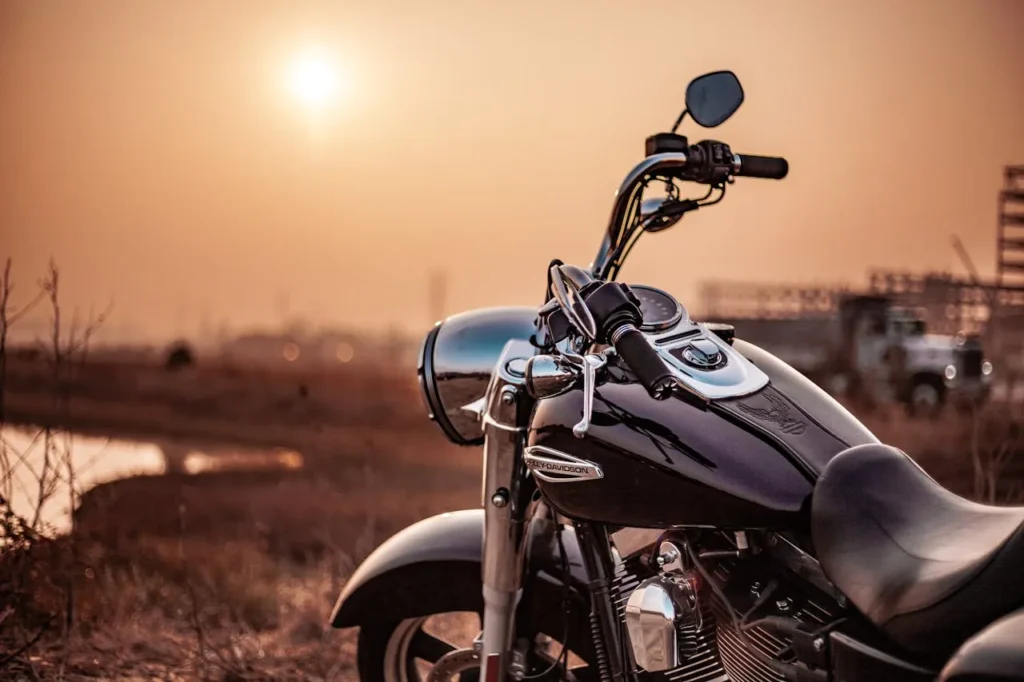
The State of the Industry in 2025
While Indian continues to lead, the Motorcycle broader powersports industry saw mixed results in 2025. The overall industry ILE score held steady at 44, identical to 2024. Some communication behaviors improved, while others declined — effectively canceling each other out in the aggregate score.
Improvements in Dealer Communication
- Phone Response Rates Up: Powersports dealers were five points more likely to respond via phone compared to 2024, with phone responses now occurring 50% of the time.
- Increased Use of Texting: Text responses improved, with 30% of customers receiving a text reply that directly answered their question, up from 25% last year.
- Fewer Total Failures to Respond: Dealers failed to reply to customer inquiries only 9% of the time in 2025 — a slight improvement over the previous year.
Setbacks in Engagement Quality
- Email Follow-Ups Declined: Dealers answered customer questions by email just 27% of the time in 2025, a significant drop from 35% in 2024.
- Appointment Offers Fell: Only 10% of customers received an invitation to schedule an appointment, compared to 13% in the prior year.
These declines indicate areas where dealerships can still grow, particularly in offering complete responses and setting concrete next steps that move the sales process forward.
The “80/40 Rule” — A Stark Divide in Dealer Performance
Pied Piper identifies what it calls the “80/40 Rule” — a metric that highlights disparities in dealership responsiveness. In the 2025 study, only 13% of powersports dealerships earned ILE scores above 80, reflecting fast, thorough, and multi-channel responses that closely mirror best practices. Meanwhile, 42% of dealers scored below 40, indicating weak or non-existent follow-ups.
While both segments shrank slightly since last year, the majority of dealers now fall somewhere in between — demonstrating potential for upward mobility.
According to O’Hagan, the reward for making that leap is significant:
“Dealers who improve their ILE scores from under 40 to over 80 typically see a 50% increase in unit sales from the same number of online leads. That’s a huge return for what’s essentially better communication.”
Two Paths to Progress: Respond and Diversify
The study highlights two different opportunities for improvement based on where a dealership currently falls on the performance spectrum.
For the roughly 25% of dealers who still fail to personally respond to website inquiries, the first step is straightforward: make it a non-negotiable habit to respond to every single digital lead — at least once per day.
As O’Hagan put it:
“You wouldn’t close your showroom for the night if a customer was still walking around inside. The same logic applies to your digital showroom. Don’t leave those online customers hanging.”
For the rest of the field, the key to increased effectiveness lies in multi-channel communication. Responding through just one method — whether it’s email, phone, or text — often isn’t enough.
“Email replies might go to spam. Calls can be ignored. Texts can get lost in the clutter,” O’Hagan explained. “You never know in advance which channel a customer is most likely to engage with. A layered approach increases your chances of getting through — and ultimately converting the lead.”
Brand-by-Brand Comparisons: Who’s Winning the Web Race?
Pied Piper’s study revealed significant differences among brands when it comes to specific response behaviors:
- Answered the Customer’s Question (Email/Text):
- Best Performers: BMW, Moto Guzzi, Indian, Ducati (65%+ response rate)
- Lowest Performers: Roxor, Kymco, Tracker (under 35%)
- Called the Customer:
- Best Performers: Harley-Davidson, Indian, Honda, Can-Am (50%+)
- Lowest Performers: Arctic Cat, Roxor, Moto Guzzi, Cub Cadet (under 30%)
- Offered an Appointment:
- Best Performers: Can-Am, Indian, Polaris, Segway (15%+)
- Lowest Performers: John Deere, Tracker, Cub Cadet (under 1%)
- Did at Least One (Email/Text or Call):
- Best Performers: BMW, KTM, Moto Guzzi, Harley-Davidson (80%+)
- Lowest Performers: Roxor, Cub Cadet (under 50%)
- Did Both (Email/Text and Phone):
- Best Performers: Indian, Harley-Davidson, Triumph (30%+)
- Lowest Performers: Kymco, Tracker, Cub Cadet (under 10%)
Why the Study Matters
In today’s retail environment, digital interactions often shape a customer’s first impression of a dealership. With more buyers beginning their journey online, strong web communication is no longer optional — it’s a core driver of sales success.
“Website leads are invisible in day-to-day operations, which makes them easy to overlook,” O’Hagan warned. “But they’re real people with real buying intent. And the dealers who respond promptly and professionally are the ones winning the business.”
Pied Piper has spent over 15 years publishing omnichannel performance studies across various industries, providing dealers and manufacturers with data-driven insights to improve customer satisfaction and sales effectiveness. Their ILE, PSI, and other benchmarking tools are used by brands and dealer groups nationwide to track, compare, and enhance their performance year after year.
